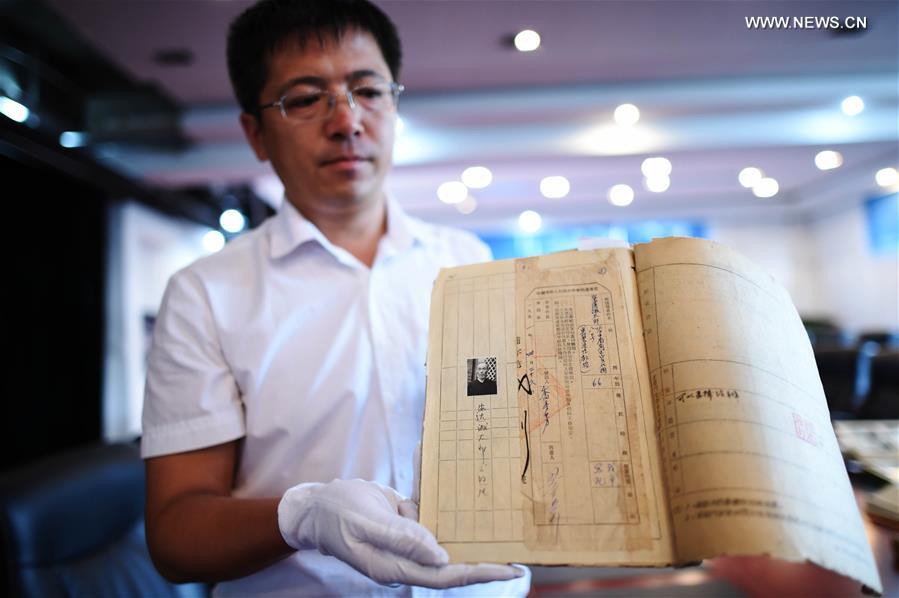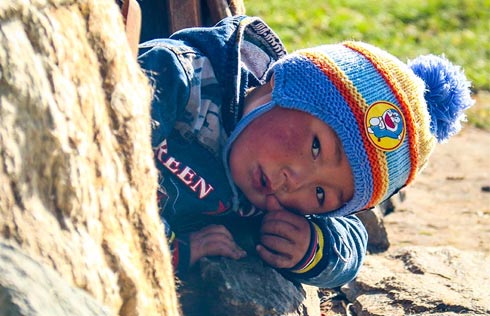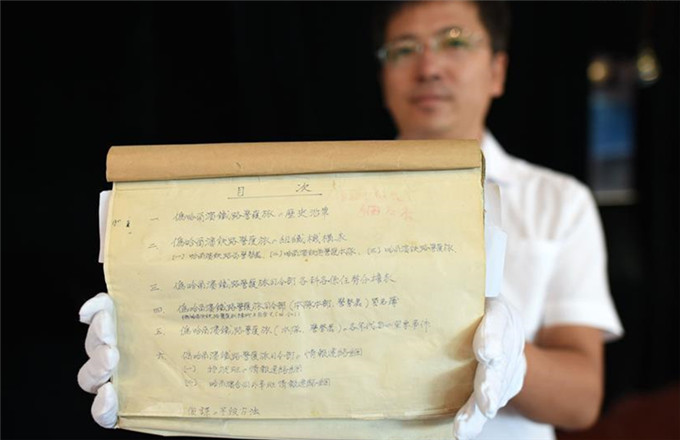New clues reveal Japan's germ war atrocities
 |
|
A working staff shows the written confession of a germ war criminal at the Museum of Evidence of War Crimes by Japanese Army Unit 731 in Harbin, capital of northeast China's Heilongjiang Province, Aug. 16, 2017. [Photo/Xinhua] The unit conducted experiments on live people to test germ-releasing bombs and chemical bombs, among other atrocities. Many civilians and prisoners of war from China, the Soviet Union, the Korean Peninsula and Mongolia perished at the hands of Japanese scientists. Some of them were children. At least 3,000 people were used for human experimentation by Unit 731 and more than 300,000 people across China were killed by Japan's biological weapons. A documentary released on Aug 13 by Japan's NHK vividly presented the cruel truth through testimonies of Unit 731 participants and records of the Khabarovsk War Crimes Trials in 1949. After Japan's defeat in 1945, the unit hastily pulled out of China, with 3,000 children and some experimental equipment left behind. Many of the Japanese children were raised by Chinese families. XINHUA |













